Interactivity is paramount when it comes to virtual reality. If you place me in an environment where my curiosity isn’t immediately rewarded with objects I can pick up and tinker with, it’s only a matter of time until I look around and begin to realise the limitations of the medium.
Half-Life: Alyx combatted this problem with the gravity gloves, an accessory that allowed the player to pick up any and all objects from a distance with a flick of their wrist, removing much of the tedium that came from navigating a larger space in VR. It allowed you to gather items and equipment without scuppering the pace, while the controls were intuitive enough that the act of switching weapons, engaging in combat, and taking cover became second nature.
Nothing Beats A Nuclear Winter
This influence is everywhere in Metro Awakening, a new entry in the post-apocalyptic series where you try to survive inside abandoned Russian subway tunnels to hide from the nuclear winter that rages above.
Gathering resources, fighting monsters, and dealing with your fellow – and oftentimes hostile – humans has become a normality, and the VR adventure does a great job of establishing that sense of place. As you walk through your populated station filled with playful children, chatty bartenders, and friends gathering around campfires to the sounds of untuned acoustic guitars, it feels like home. Then, as expected, everything goes wrong.
You play as Sedar, a resident doctor for Akademecheskaya station where he’s seen as a person of healing and authority. But his dutiful personality hides a dark past and continued attachment to grief that he and his wife Yana find impossible to reconcile. The death of their son at the dawn of the apocalypse haunts them, a thematic underpinning of the supernatural tale that unfolds as Yana suddenly goes missing and Sedar must venture into the tunnels to save her. It’s a thrilling hook that focuses on a small circle of characters you’ll soon come to deeply care about, even if the opening hours are hamstrung by awkward tutorials.
Awakening acts as an origin story for Khan, a mythical character in the Metro series that fans will no doubt recognise from older entries. It was fun to piece things together as I went with a narrative that positioned the apocalypse as a fresh memory in our minds.
Much like Half-Life: Alyx, you also have a voice in your ear for much of the campaign. Your close friend who remains within the confines of the station as you travel deeper into the dim and depressing tunnel system. He is a valuable source of personality that is sharply written, incredibly informative, and turns what would be a fairly pedestrian survival horror into a duo of friends who want one another to succeed. It makes the experience feel far less lonely and plodding, which would be difficult to ignore considering you spend the first few hours moving through the same bland corridors again and again.
But what you do in these corridors is frequently immersive. Like a lot of modern VR titles, it stores your pistol on one side of your body, a healing item on the other, and a backpack filled with resources that can be accessed by reaching over your shoulder. Within it, you will find grenades, gas mask filters, a lighter, and a charger for your torch and busted electric panels found across the tunnels. Controls feel natural and easy to wrap your head around, and in a couple of hours, I was seamlessly switching between different items in seconds.
Before Last Light And Exodus, There Was Awakening
It feels incredibly immersive to realise your torch is running low on juice, and you’ll need to leave yourself defenceless for a few precious seconds to charge it up. On the flipside, there will come times when you’ll need to hide in darkness to avoid enemies or remain aware of the sounds objects beneath your feet end up making lest you get caught and killed.
You will stumble across fully interactable pianos where every single note is accounted for, so I wouldn’t be surprised if talented players spent hours tinkering with the environment.
Yet it’s also an oddly peaceful experience. I loved to take my time exploring new locations as I pilfered through lockers for bullets or picked up postcards designed to remind us of how the world used to look. Like 2033, Last Light, and Exodus, Awakening doesn’t hesitate to look at the beauty of the apocalypse, and how people still try to forge meaningful connections even when there is nothing left to fight for. That pervasive atmosphere translates wonderfully into virtual reality even in the light of repetitive level design and half-baked stealth mechanics.
The latter is somewhat obnoxious because stealth takedowns are unreliable. You are told to use your fists to smack enemies on the head to knock them out, but this movement feels so unreliable and inconsistent that I decided to either smack them with my guns instead or try to avoid combat altogether. Death comes swiftly too, and combined with bad checkpoints, it can make getting through certain sections a chore. When you do, it feels incredible, but this friction doesn’t always seem fair or indicative of gameplay systems that are challenging for the right reasons.
Combat is fine, although sometimes the environments don’t feel well suited for firefights, so I developed a habit of hiding in corners and waiting until enemies came to me, so I could dome them with a well-placed headshot. They have ridiculous aim, even when you’re hiding away in ventilation systems, so the second you’re caught in a stealth section, it’s do-or-die.
Things are occasionally shaken up by fun puzzle sequences or being encouraged to throw items to briefly distract enemies, but otherwise it seldom reaches high levels of creativity. But most of us are here for the tangible atmosphere and pursuit of survival, and it feels right to scrounge for ammunition and as if you’re hanging on by the skin of your teeth. In that sense, it’s ace, but won’t be for everyone.
If you would rather enjoy the narrative without the gameplay frustrations I’ve brought up in this review, the easiest difficulty setting is a much easier ride.
Humans aren’t your only enemies, however, and you will find yourself up against packs of ferocious mole creatures that rush you with zero notice, or caverns occupied by mutated spiders that burrow beneath the surface once caught. There is a lot of variety in the things you do and the threats you face. I just wish it wasn’t so linear and formulaic. The narrative dips into more supernatural waters past a certain point, as Metro has a reputation for doing, and it’s here that the game is willing to be more experimental and unpredictable. It gets better as you go, so don’t let the plodding opening hours weigh you down.
Metro Awakening is an admirable attempt at translating the post-apocalyptic shooter series into virtual reality, and at its best is a poignantly atmospheric marvel with great controls and an unrivalled sense of place. Yet it is also held back by poor checkpoints and combat, which quickly falls into a repetitive game of cat and mouse between very stupid enemies. It learns all the right lessons from masterpieces like Half-Life: Alyx without introducing enough new innovations of its own, and because of that, it suffers.
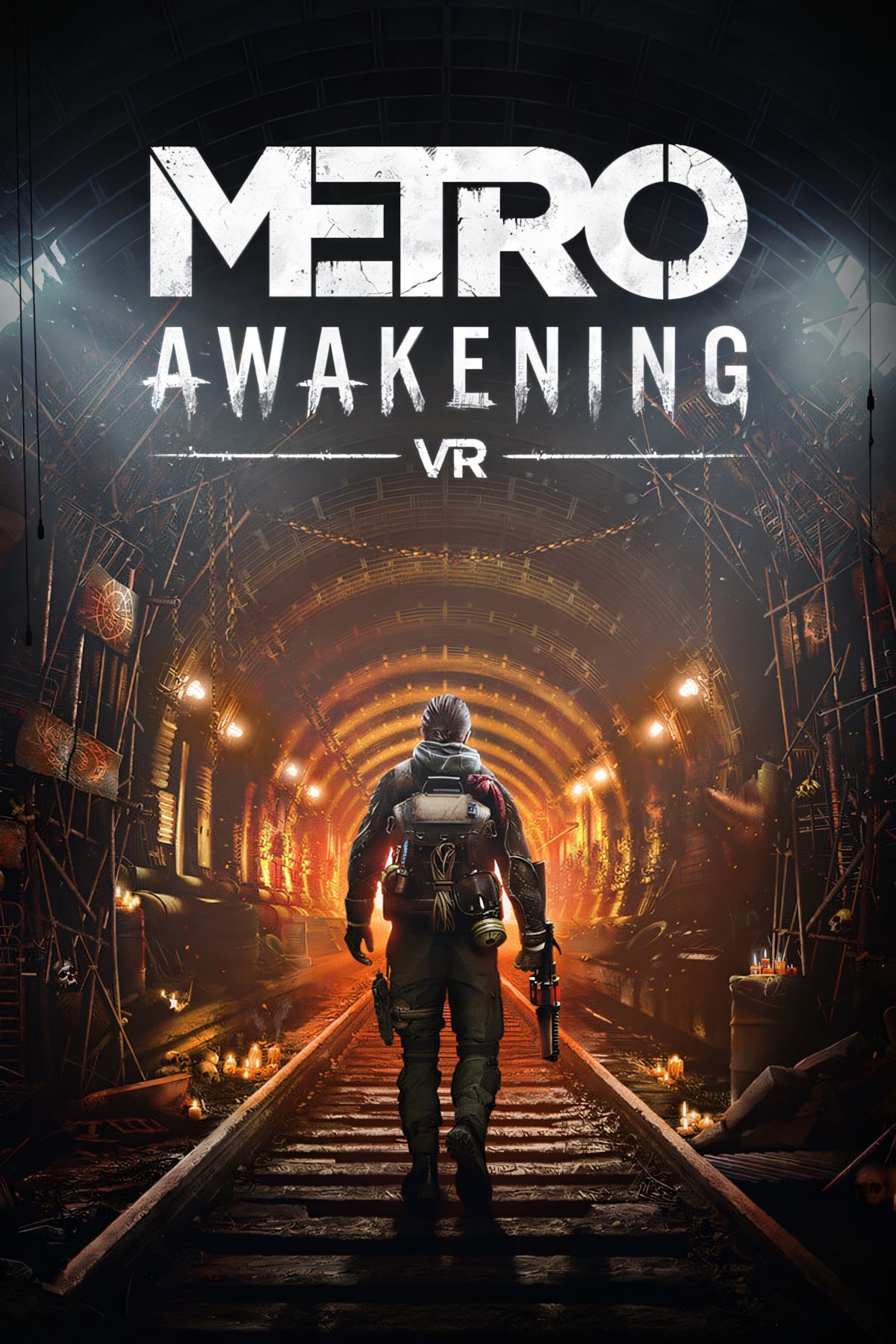
- Profoundly atmospheric and frightening to play
- Combat and stealth can be hugely rewarding
- Sedar is a compelling lead with a big heart
- Level design can be overly linear and predictable
- Stealth is inconsistent and not very satisfying
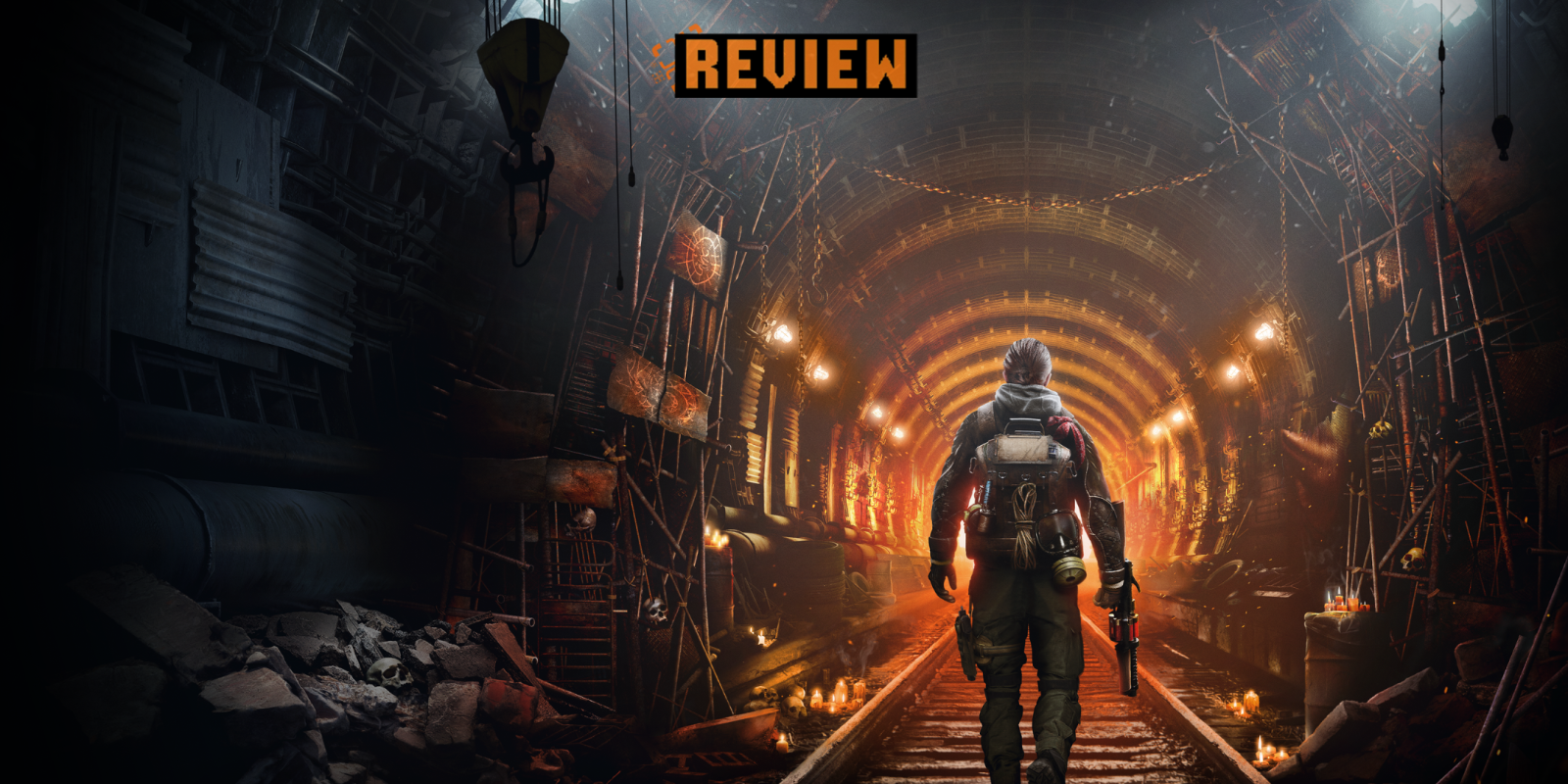

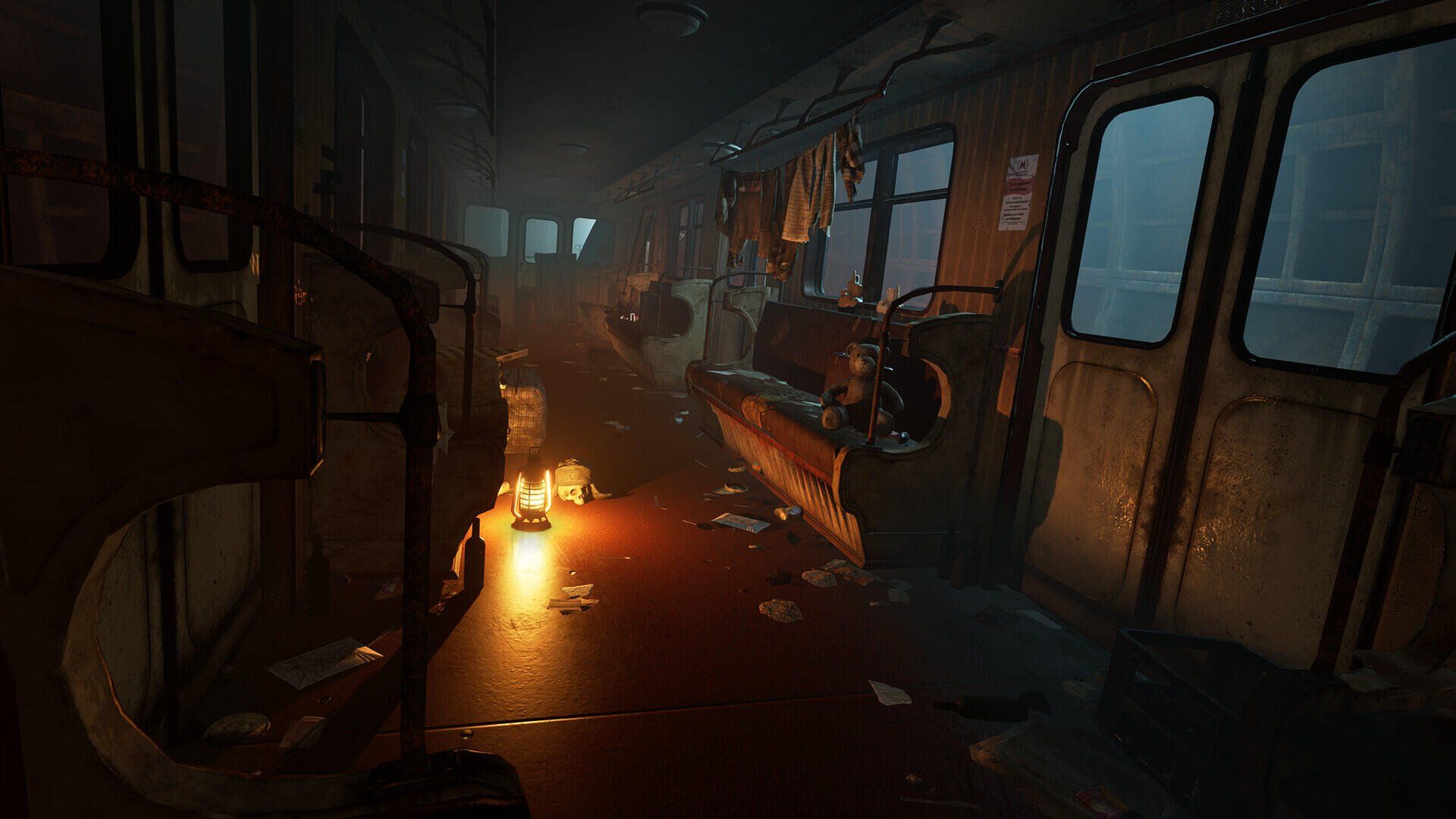
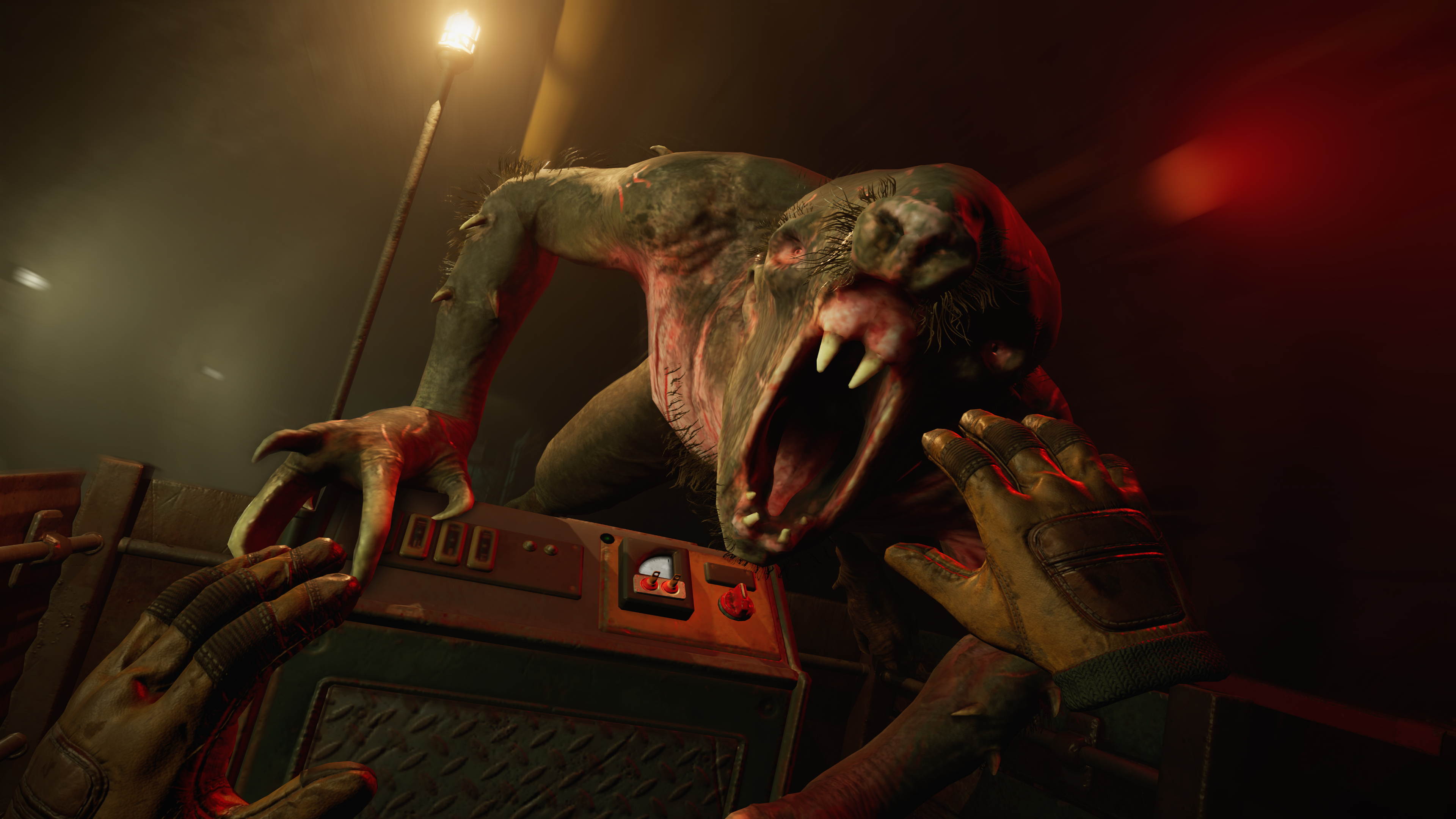
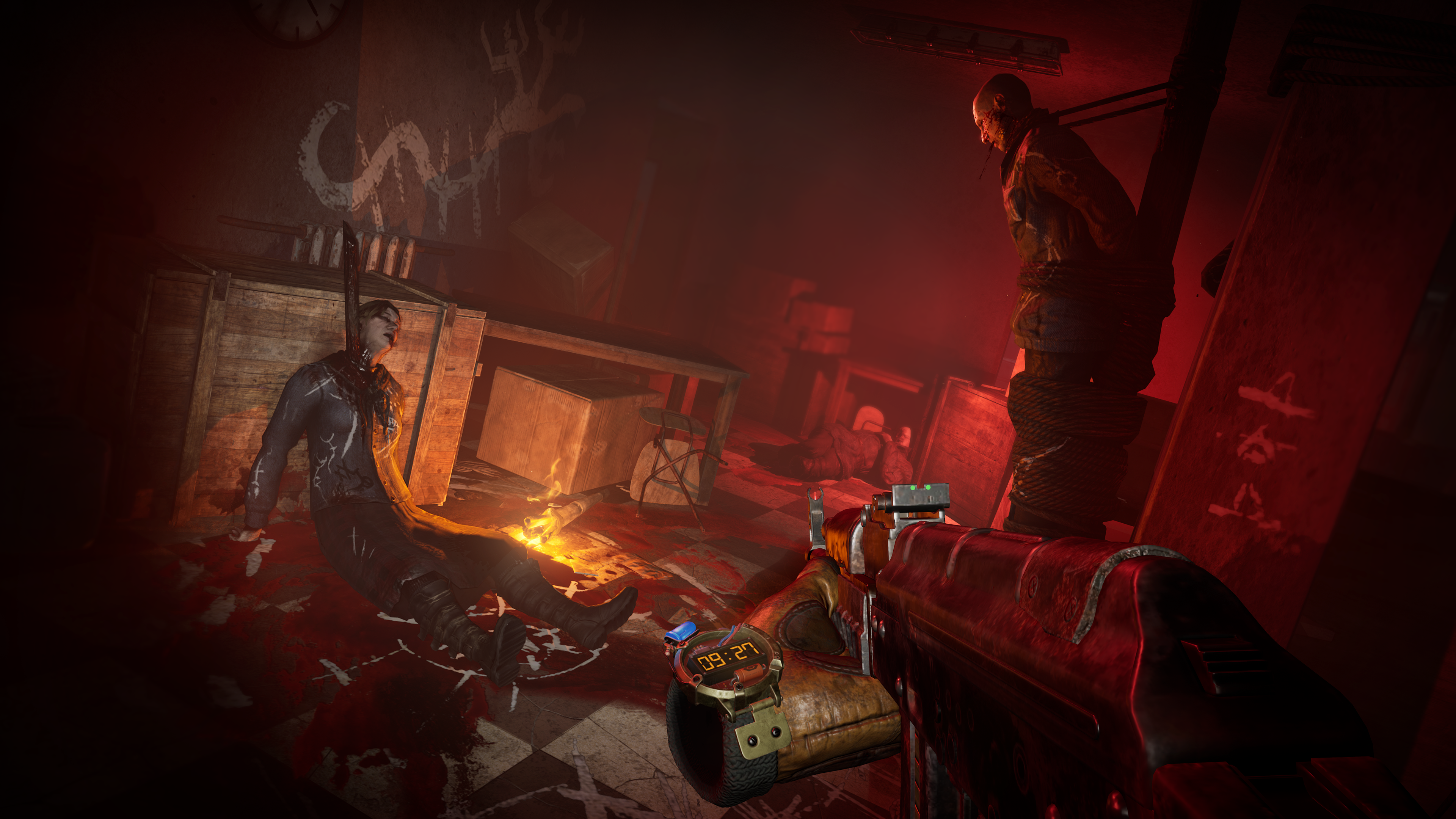
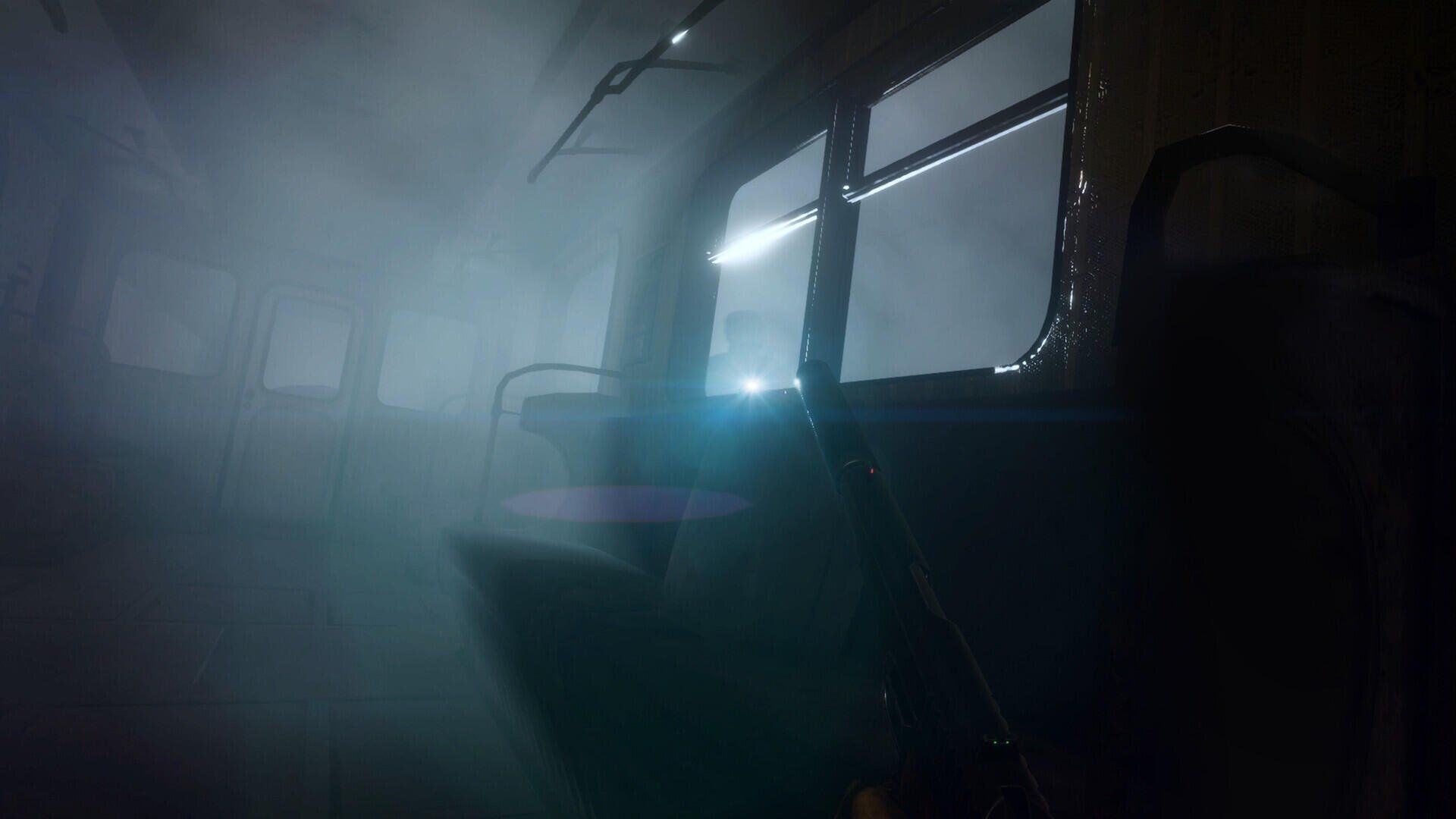






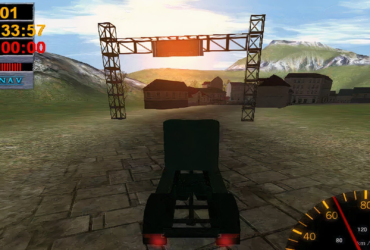
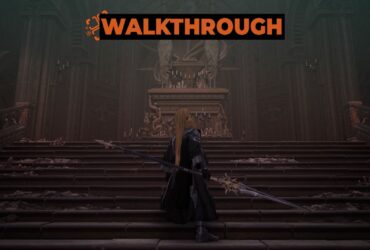


Leave a Reply